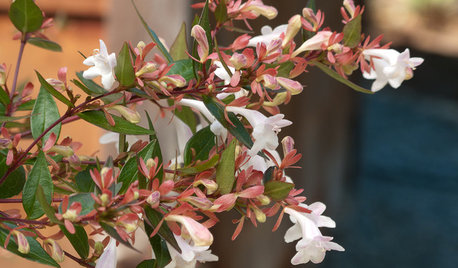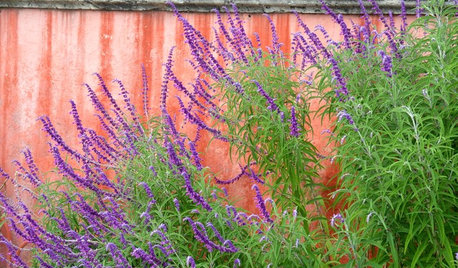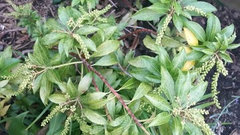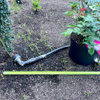Six pierises didn't bloom this year
claireplymouth z6b coastal MA
14 years ago
Featured Answer
Sort by:Oldest
Comments (24)
stimpy926
14 years agoclaireplymouth z6b coastal MA
14 years agoRelated Professionals
Piqua Landscape Architects & Landscape Designers · Hartford Landscape Contractors · Euclid Landscape Contractors · Lees Summit Landscape Contractors · Wichita Window Contractors · Dalton Window Contractors · Piedmont Window Contractors · Conroe Driveway Installation & Maintenance · New Bedford Driveway Installation & Maintenance · Pawtucket Driveway Installation & Maintenance · Parker Driveway Installation & Maintenance · Baker Decks, Patios & Outdoor Enclosures · Fort Pierce Decks, Patios & Outdoor Enclosures · Glen Ellyn Decks, Patios & Outdoor Enclosures · Mastic Decks, Patios & Outdoor Enclosuresclaireplymouth z6b coastal MA
14 years agoego45
14 years agomainegrower
14 years agoginny12
14 years agoclaireplymouth z6b coastal MA
14 years agostimpy926
14 years agoclaireplymouth z6b coastal MA
14 years agoclaireplymouth z6b coastal MA
14 years agoWendyB 5A/MA
14 years agoclaireplymouth z6b coastal MA
14 years agoprairiemoon2 z6b MA
12 years agoclaireplymouth z6b coastal MA
12 years agobotann
12 years agoclaireplymouth z6b coastal MA
12 years agobotann
12 years agoprairiemoon2 z6b MA
12 years agototoro z7b Md
7 years agogardengal48 (PNW Z8/9)
7 years agototoro z7b Md
7 years agolast modified: 7 years agoakamainegrower
7 years agoDave in NoVA • N. Virginia • zone 7A
7 years agolast modified: 7 years ago
Related Stories

HOUSEPLANTSHow to Force Amaryllis Bulbs Indoors
Enjoy vibrant red blossoms even as gardens turn snowy white, by teaching this hardy repeat performer to ignore the calendar
Full Story
GARDENING GUIDESGreat Design Plant: Try Blue Bells for Blooms in Dry Soil
This shrub’s violet-blue flowers and silvery foliage brighten low-water gardens all year long
Full Story
GARDENING GUIDESGreat Design Plant: Glossy Abelia for Year-Round Beauty
Fragrant flowers, burgundy foliage and hummingbird allure. Deer shun this shrub, but it's a 5-star performer you'll love
Full Story
DECORATING GUIDESCelebrate Spring All Year With Florals in the Kitchen
Bring in the beauty of spring and summer color with a flourish of blooms on your kitchen backsplash, curtains, wallpaper and more
Full Story
DECORATING GUIDESModern Life Makes Room for Blooms
Vintage florals still look lush and lovely on upholstery, curtains, wallpaper and more
Full Story
GARDENING GUIDES10 Plants for Colorful Fall Blooms in the Drought-Tolerant Garden
Want fall color but not a big water bill? Consider these not-too-thirsty fall bloomers
Full Story
NATIVE PLANTSGreat Native Plant: Grow Wild Quinine for Its Unique Clusters of Blooms
Get connoisseur cred and unique blooms with this uncommon plant. Bonus assets: It’s low maintenance and drought tolerant
Full Story
EVENTSUnexpected Delights: Art in Bloom in San Francisco
Paintings inspire floral creations that bring a new perspective to fine art
Full Story
GARDENING GUIDESTop 12 Summer-Blooming Perennials for Deer-Resistant Drama
Can you have garden color, fragrance and exciting foliage with hungry deer afoot? These beauties say yes
Full Story
HOUSEPLANTSGet Spring-Like Hyacinth Blooms All Winter Long
Try one of these forcing methods for cheery, colorful flowers to brighten wintry days
Full StorySponsored
Your Custom Bath Designers & Remodelers in Columbus I 10X Best Houzz
More Discussions









WendyB 5A/MA